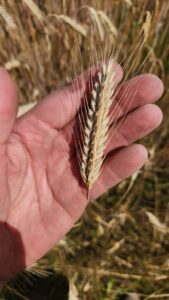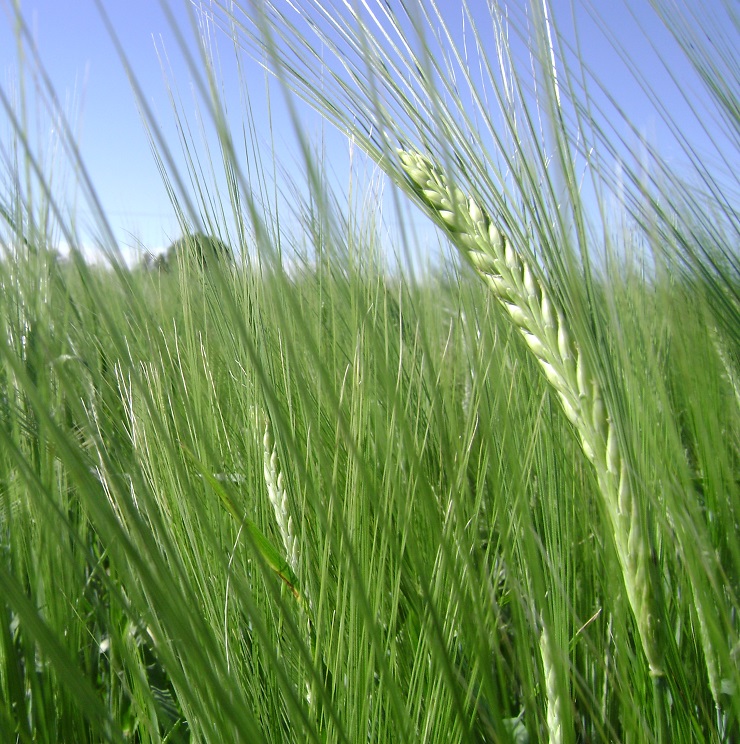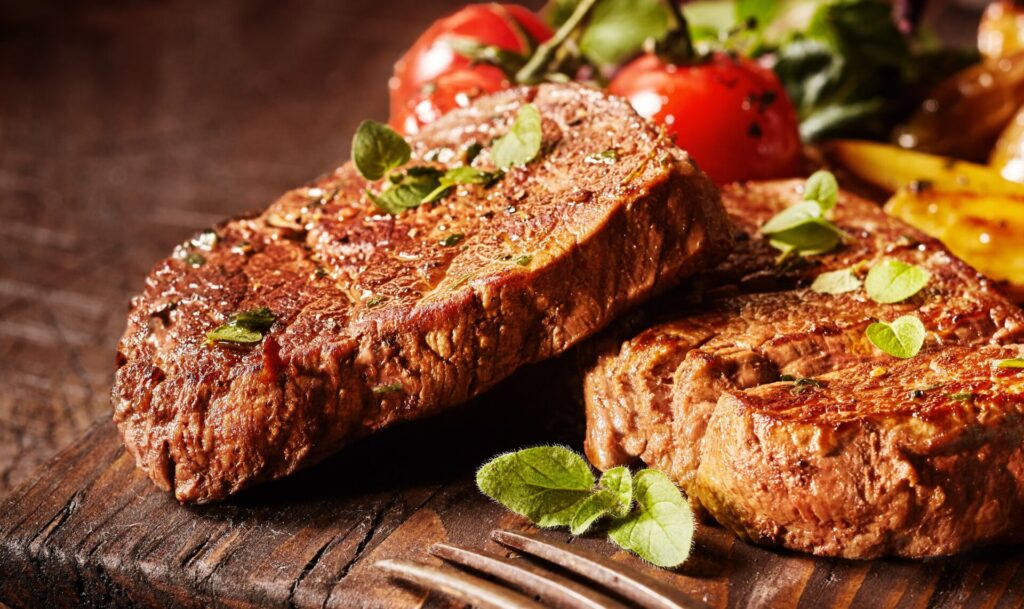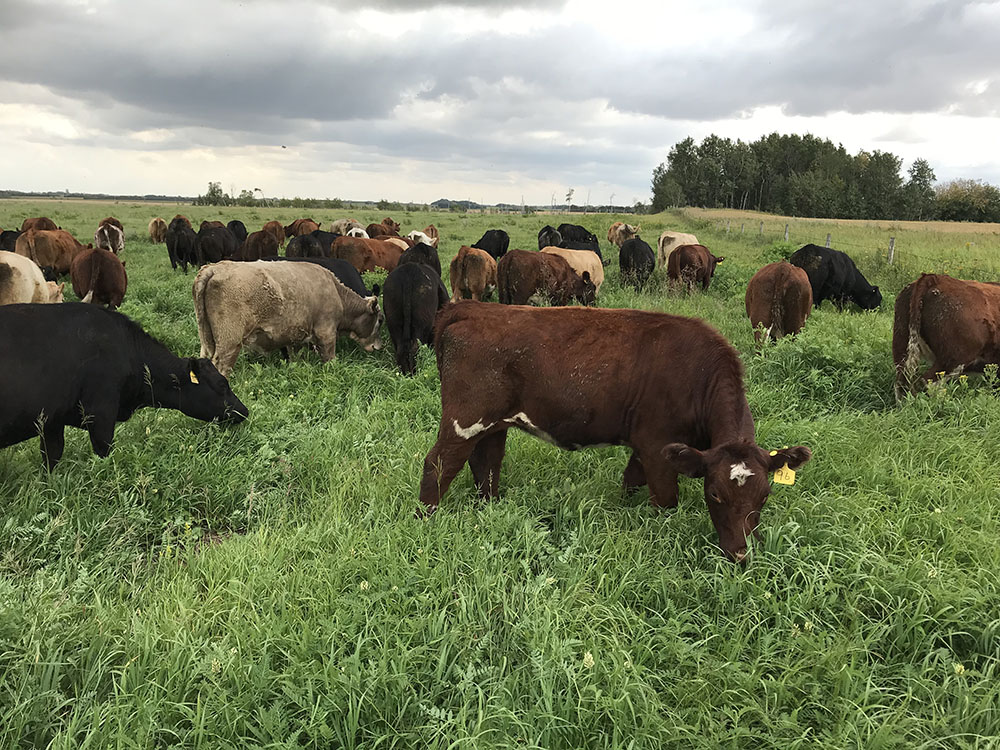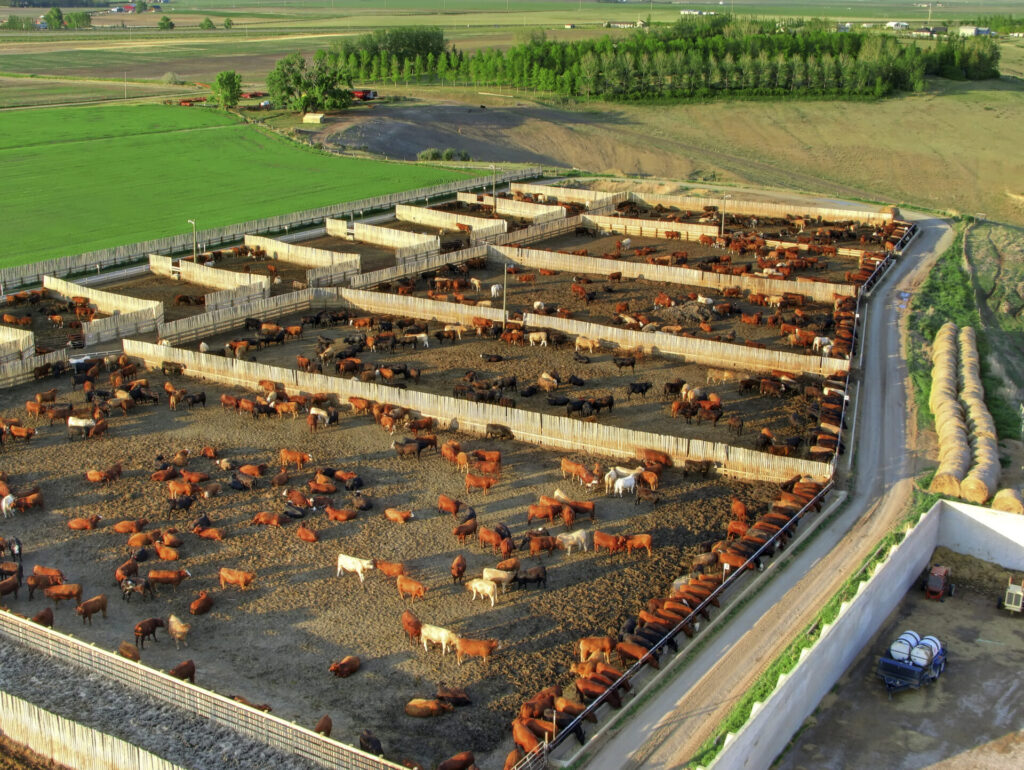The Results Are In--Good Beef Starts with Good Forage
The Beef Cattle Research Council (BCRC) funds a variety of research projects on animal health and welfare, environmental sustainability, forage and grasslands, feed efficiency, food safety, beef quality and more. This post is part of an ongoing series highlighting recent research results. Find the BCRC’s entire catalog of research summaries under “For Producers” in the navigation.
What is the forage potential of hybrid fall rye?
Hybrid rye seed is more expensive than other forage cereals such as barley, triticale and wheat, but consistently higher yields and earlier harvest time made it comparable in terms of cost of feed produced.
Which alfalfa varieties are best suited to pasture rejuvenation?
Soil microbial profiles in older vs. newer pasture stands are noticeably different. These soil microbes can influence the performance of alfalfa, meaning some varieties are better suited to pasture rejuvenation than others.
Do pen design, feedbunk space and stocking density affect digestive health?
Increasing bunk space or reducing pen density did not benefit growth performance or animal welfare. Increasing bunk space improved carcass grade but increased the incidence of liver abscesses.
What genetic factors contribute to saline tolerance in intermediate wheatgrass?
Current intermediate wheatgrass varieties showed large variation in their ability to tolerate saline soils, indicating that it should be possible to breed for increased saline tolerance.
Which forage barley varieties can be adapted for yield stability across Western Canada?
Three new forage barley varieties have been developed through this project with both improved forage yield and seed production (AB Maximizer, AB Standswell and FB22816) compared to the check varieties. FB22816 will be commercially available in 2027, while AB Maximizer and AB Standswell will be available for the 2025 cropping year.
What are the capabilities of non-invasive beef tenderness tests?
Non-destructive REIMS technology can accurately identify very tender and tough steaks but will need additional refinement before it can be used in a commercial packing facility.
Can we improve the nitrogen efficiency of meadow bromegrass and orchardgrass?
Researchers found that the genes known to control plant height and tillering in rice play similar roles in meadow bromegrass, orchardgrass and related forage species. Understanding this interaction may help forage breeders develop higher-yielding and potentially more drought-resistant grasses.
How can we improve beef cattle health surveillance in Western Canada?
Producer funding spurred the development of the Western Canadian Animal Health Network similar to surveillance networks already existing in Quebec and Ontario. It was key to attracting sustainable funding to contribute to better disease management, risk mitigation and industry sustainability.
Can we use calcium oxide to improve the quality of indigestible feeds?
Replacing limestone with calcium oxide decreased performance in high-forage diets and did not improve finishing performance. However, results suggest that barley straw may be able to replace corn silage in a high-grain diet.
Sharing or reprinting BCRC posts is welcome and encouraged. Please credit the Beef Cattle Research Council, provide the website address, www.BeefResearch.ca, and let us know you have chosen to share the article by emailing us at [email protected].
Your questions, comments and suggestions are welcome. Contact us directly or spark a public discussion by posting your thoughts below.
